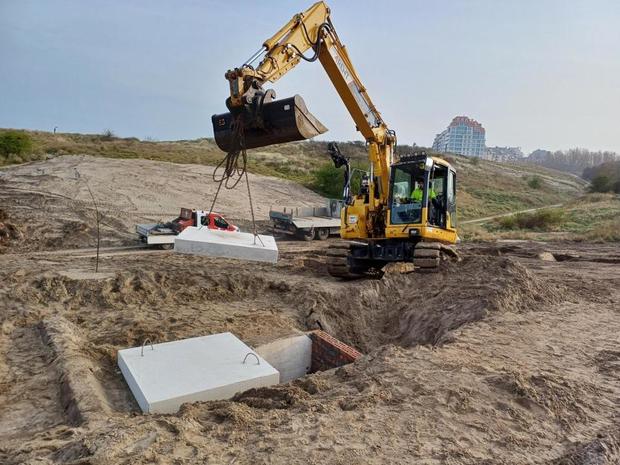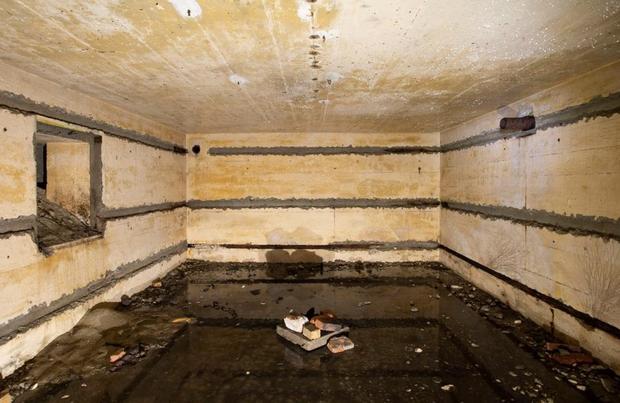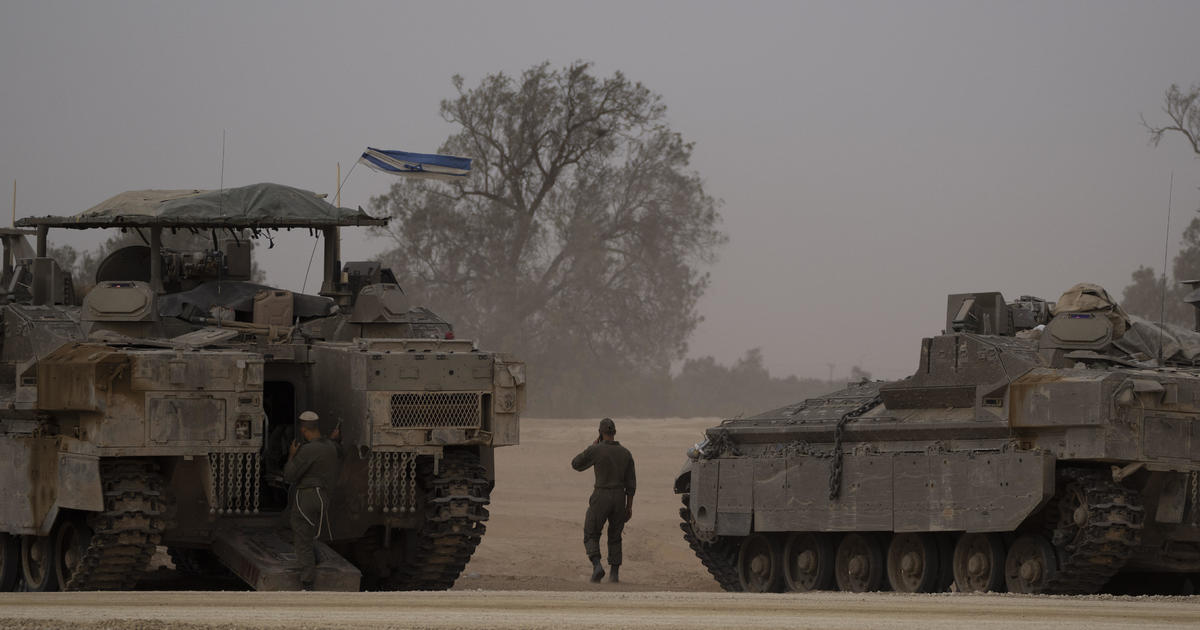World War II bunkers built by German army unearthed during nature restoration project in Belgium
Work on a nature restoration project in Belgium unearthed multiple bunkers, trenches and other structures built there by the German army during World War II, officials announced this week.
The restoration work is being done at the Director-General Willemspark in Heist, Belgium, and focuses on restoring coastal dunes in a less than one square mile area by removing invasive plants, according to a news release from area officials.
Heist, also known as Heist-Aan-Zee, is in the northern Flanders region of Belgium. The area was the site of multiple battles during World War I. The violence there was immortalized in the poem "In Flanders Fields," and inspired the use of a red poppy as a memorial symbol for those who died in the war.
There were two German gun batteries built on the site during World War I. One was called Freya, the other Augusta. Both batteries held guns, observation bunkers, crew quarters and "all kinds of trenches and barriers," officials said. Most such structures were demolished after the war, officials said.
But in 1942, the park was again converted into a military stronghold by German soldiers. At the peak of the work, there were about 60 structures in the area, including ammunition bunkers and crew quarters that were meant to help repel an incursion from the sea.
"Anyone who grew up in Heist will not be surprised that remains of war were also found during the excavations," said Heist officials in a statement announcing the finds.
Several structures from the World War II stronghold were found preserved in the ground, including "three completely intact bunkers" covered under just a few inches of dirt. Each bunker had just one room, but were built with walls and a ceiling of reinforced concrete.
Officials also found two brick trenches, a fragment of concrete track that would have been used to ferry soldiers and supplies during the war, and a water well. During the excavations, workers also found "large mountains of rubble" that contained everyday objects like utensils, ammunition and more.
"These ruins aptly illustrate the previous frantic attempts to completely erase the park's war history," officials said in the news release. "The lighter structures were demolished and reduced to rubble, while heavier bunkers were covered with a layer of soil and hidden, as if they had never existed."
More war constructions are likely in the park, outside the scope of the restoration work, officials said. No World War I relics were found during the project.
Archaeologists from the nation's heritage agency were on site to supervise the restoration work, officials said, and as the finds were made, they "mapped everything." However, the remains were covered again with sand once they had been thoroughly investigated.
"No one disputes that war remains have a heritage value, but this does not mean that every brick from the war must necessarily be preserved," officials said. The sand will preserve the remains for the future, according to the news release.





